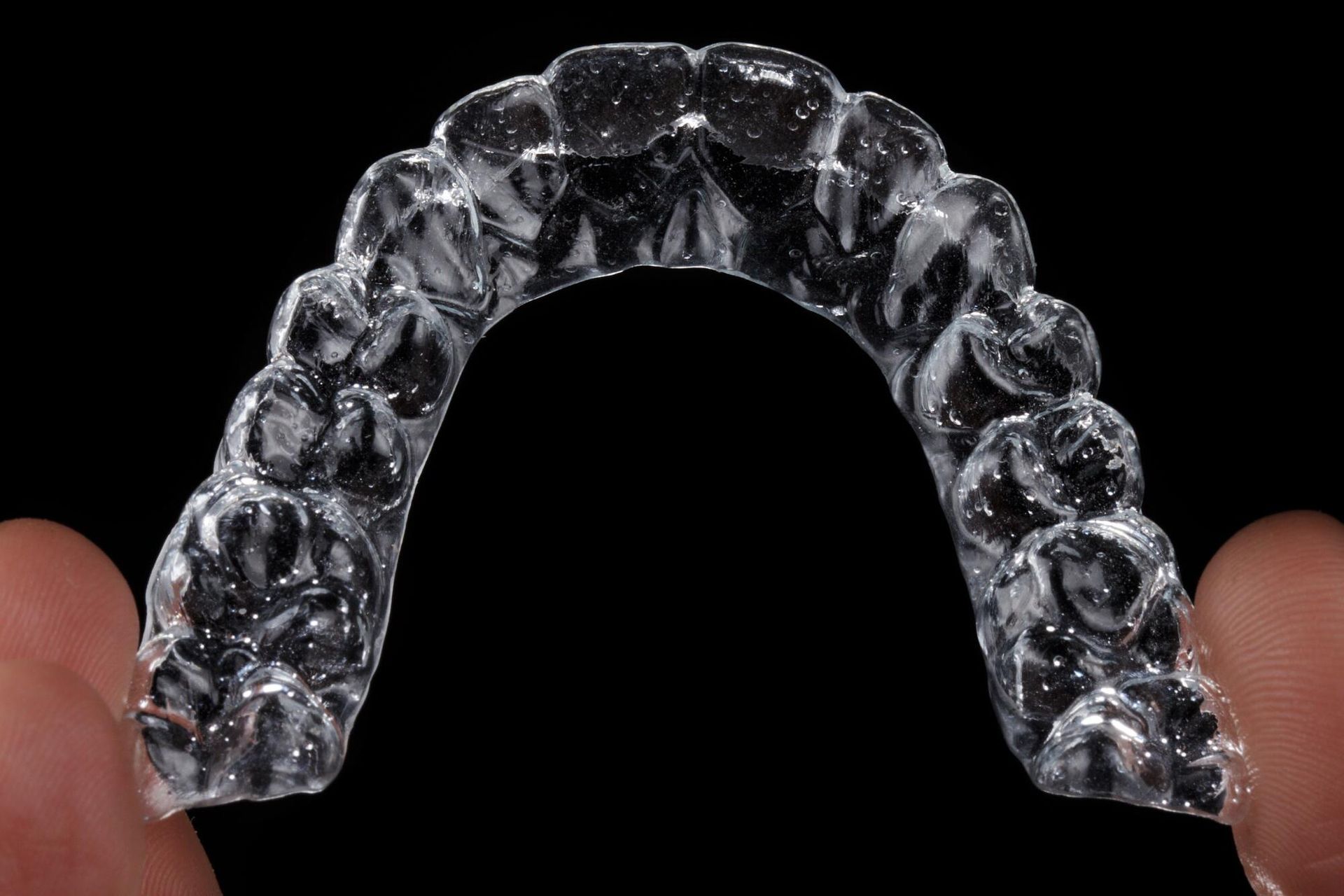Getting a Dental Filling? Here's What You Need to Know
Dr. Arif Virani
D.M.D
Dr. Arif Virani attained his Doctor of Dental Medicine degree from the University of Pennsylvania.
He performs an assortment of treatments in general dentistry for young children, adults and seniors. Dr. Virani’s passion in dentistry include services such as dental implants, gum grafting and wisdom teeth removal.
When he isn’t working, he enjoys working out, playing sports and keeping up with all the Toronto sports teams. He plays softball in the Bradford Sluggers league. As well, he enjoys dining at new restaurants and spending quality time with his family and friends.
Dr. Virani looks forward to providing you and your family with dental care in a warm and relaxing environment.
Did you know that around 96 percent of Canadian adults have had a cavity in the past?
The majority of dental visits are for routine cleaning and whitening procedures. However, occasionally cavities and fillings take center stage. Although there are numerous strategies to avoid getting cavities, most people find it challenging to do so.
Are you in need of a tooth filling but are unsure of what to expect during the process? Here, we're sharing everything you need to know about getting dental fillings from your dentist in Bradford, Ontario!
What Causes Cavities?
Cavities do not appear suddenly. Cavity development happens in phases, starting with the surface of your enamel being damaged by germs, which then spreads farther into the tooth.
When sugars on your teeth are not removed by brushing, bacteria feed on the sugar and make acids that erode your enamel, resulting in plaque. Plaque builds a haven for bacteria, which keep eating away at your enamel and ultimately move deeper into the tooth structure to produce a cavity. Check out our
dental services we offer for cavity prevention
All About Tooth Decay
Bacteria in your mouth may produce acids that attack the tooth enamel. This results in tooth decay! This may result in a cavity, or small hole, in the tooth.
If there is more severe decay, the cavity may become larger or the entire tooth may decay. If you don't see a dentist in time, dental decay can result in pain, further infection, and even tooth loss.
When a tooth is often exposed to acid—for instance, if you frequently eat or drink sugary foods and beverages—the enamel gets damaged. The result is a mineral loss to the tooth, and this causes a white spot to appear. An early symptom of degradation is this.
At this time, you may contact a dentist to help save the tooth. Fluoride from toothpaste along with minerals from saliva can help reverse the decay.
Why Are Dental Fillings Used?
A filling is used to repair a small hole in a tooth, sometimes known as a cavity. A dentist will first remove the rotten tooth tissue from the cavity before filling it with a filling substance.
Visit your dentist as soon as you can for cavity treatment and filling if you notice any signs of tooth decay, such as a toothache, temperature sensitivity, or mild to severe pain when biting down, as well as any visible holes or pits in your teeth.
Early decay treatment allows your dentist to preserve your oral health while producing the greatest cosmetic outcomes.
What Are Dental Fillings Made Of?
Dental Filling Options
Cavities can today be filled with a variety of materials, including silver-colored (amalgam) fillings and tooth-colored (composite) fillings. Because many people prefer tooth-colored fillings and because composite resin materials keep getting better, they are being utilized more frequently to fill teeth.
Crowns are another type of therapy used to restore severely damaged teeth. Crowns can be composed of porcelain, stainless steel, or other metals in addition to gold (usually used on baby teeth). Dental crowns and fillings typically do not last a lifetime.
Dental Filling Procedure
Dental procedures can be scary for some people. However, knowing what to expect may help curb dental anxiety before a dental exam.
An in-office procedure is often required for fillings. Sedation or even general anesthesia may be necessary for children and anyone who experiences extreme dental phobia. A person's dentist will let them know in advance if there is anything they need to do to get ready for the operation.
For the procedure, the gums are given a numbing gel by the dentist. They then inject a topical anesthetic into the gum after this has taken effect.
The dentist then removes the decaying portion of the tooth using a drill or another piece of specialized equipment. The tooth's hole is then filled.
The filling is then polished and may be adjusted such that the person's bite feels natural. The dentist must also use a special light to "cure," or harden, composite filling materials.
Then, you're done! You will likely have a numb mouth and/or lips for a few hours, but it should wear off by the end of the day.
Dental Filling Care Tips
You must take good care of your fillings once you have them. Taking good care of your mouth is essential for maintaining your filling and preventing decay.
After receiving your filling, stay away from foods that are sticky, chewy, or gummy for a few days. It's crucial to practice proper daily dental care, which includes using enamel-repairing toothpaste and flossing once every day.
Get Dental Fillings From Your Dentist In Bradford, Ontario
Tooth decay is treated with dental fillings. A filling can stop more harm from occurring, lessen the chance of pain and infection, and assist maintain general tooth health. After getting a filling, a person could feel a little sensitive or uncomfortable.
Now that you know all about getting dental fillings from your dentist in Bradford, Ontario, it's time to schedule an appointment! Click here for all new patient information.













